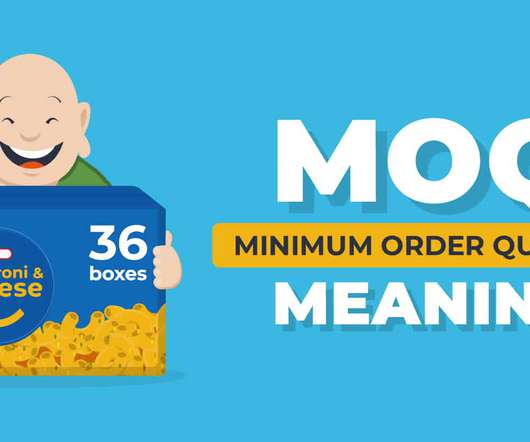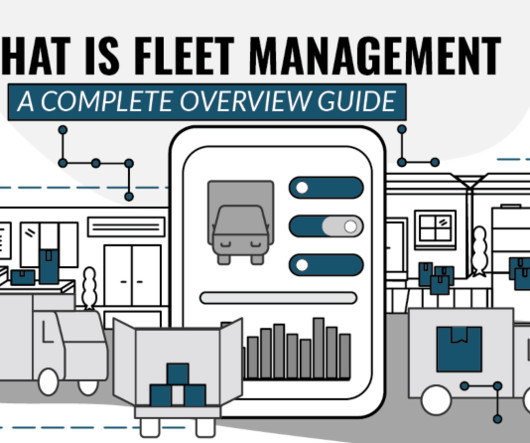The Freight Forwarder’s Era: The Top Advantages of Working with a Freight Forwarder
MTS Logistics
FEBRUARY 26, 2024
Let’s start with some definitions of what a freight forwarder is. Well, a freight forwarder negotiates rates on your behalf, knowing the market. This allows more allocation as a booking agent, having prices that are more accessible, too. This also allows carriers to consider a freight forwarder as one of their top customers.















Let's personalize your content